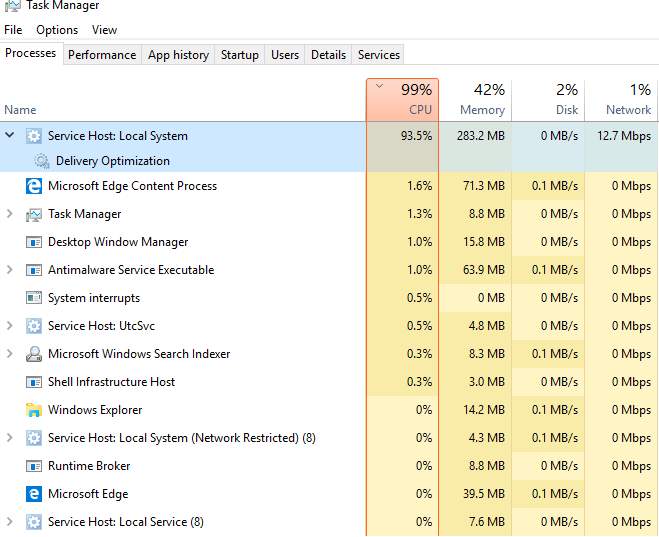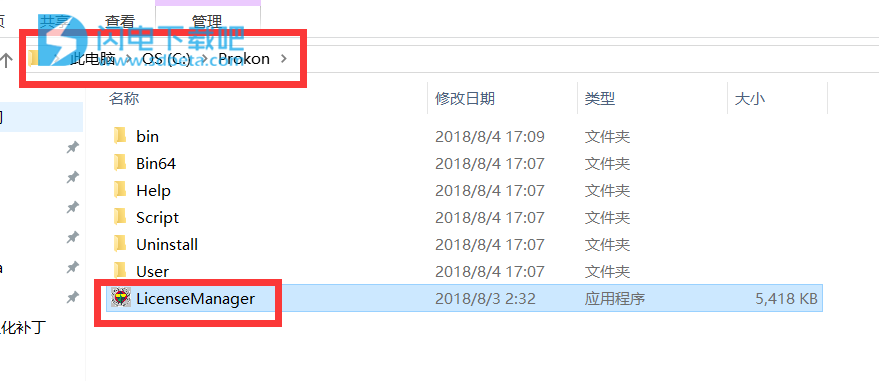

New chapters on prestressed concrete and water retaining structures are included in this edition, and the most commonly encountered design problems in structural concrete are covered. Background to the British Standard and Eurocode are given to explain the "why" as well as the "how," and differences between the codes are highlighted. Reinforced Concrete includes more than 60 clearly worked out design examples and over 600 diagrams, plans and charts. It sets out design theory for concrete elements and structures, and illustrates practical applications of the theory. The third edition of this popular textbook has been extensively rewritten and expanded to conform to the latest versions of BS8110 and EC2.

PROKON 3.0 FULL CRACK CODE
Because SI units are becoming more and more enforced internationally, material that is available in Oman is conversant more toward SI units to unify the knowledge of design among municipality and site engineers, it is recommended to use the BS code as a first choice until a national code is established. The study showed that both codes are good choices for design in Oman. In case both codes unify the load safety factors while keeping the other design equations as they are now, the BS code will have preference over the ACI code owing to lower reinforcement requirements, which leads to cheaper construction while maintaining safety. The minimum area of flexural reinforcement required by ACI was found to be greater than by BS, while the opposite was found for the minimum area of shear reinforcement. The punching shear strength of flat slab-column connections calculated using the ACI code was found to be more than that calculated using the BS code for the same geometry, material, and loading conditions.

However, when the load safety factors are included in calculating the design loads, the values of the resulting design loads become different for each code, and in this case, the ACI was found to require less reinforcement than the BS. It was found that the BS code requires less reinforcement than the ACI code does for the same value of design load. In addition, the study included comparison of the differences in the amount of reinforcement required owing to different codes' factors of safety for design loads. The comparison included design cases of rectangular beam sections subjected to combined loads of bending, shear and torsion, and punching shear at slab-column connections. In this research, a comparative study was conducted on the amount of required reinforcement using American Concrete Institute (ACI) and British Standards Institution (BSI) building codes.
PROKON 3.0 FULL CRACK SOFTWARE
Reasonable correlation of the results is demonstrated, which ensured the adequacy of the analysis by test program, both hand calculation and software Prokon.V.3. According to the analysis of the results, the moment resistance capacity of constant sample value with different reinforcing ratio leads to these resist depending on the load applied, and the concrete compressive strength of columns. The analysis results show that when increasing the main reinforcement with high-performance concrete led, there will be an increased load capacity by about (40 to 215%) and moment resistance capacity by about (35 to 50%) with the same load conditions. The comparison is based on reinforcement ratio and moment resistance capacity. This study is based on a calculation done according to ACI Code-318M-2011 equations for columns analysis to evaluate the ultimate strength then applied these load on samples to compare between them by software program Prokon V.3. All the columns are fixed, supported by two ends. The main variables are based on the compressive strength of concrete and steel reinforcing ratios. This study includes the analysis of the strength capacity of high performance reinforced concrete columns subjected to concentric axial loading.


 0 kommentar(er)
0 kommentar(er)
